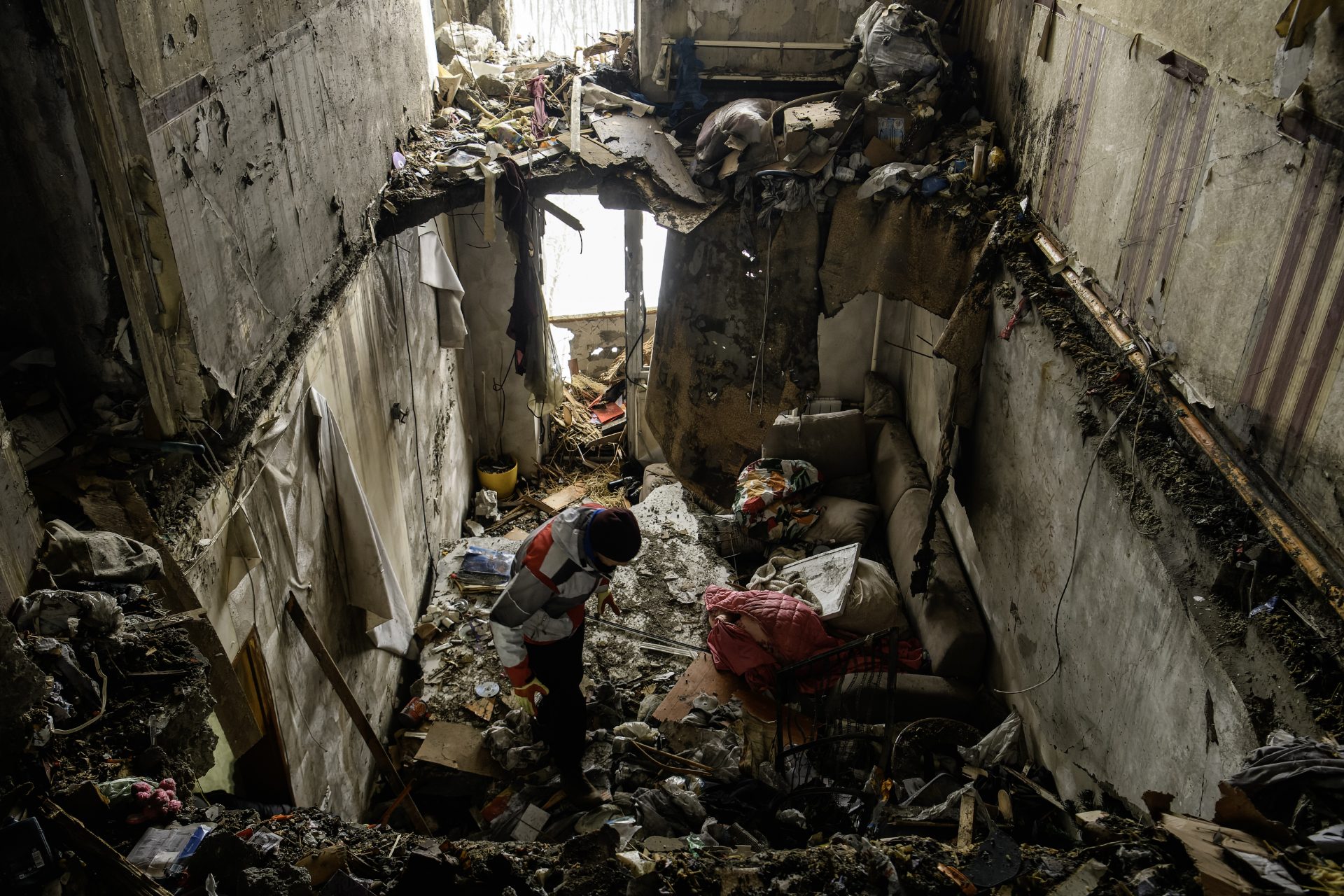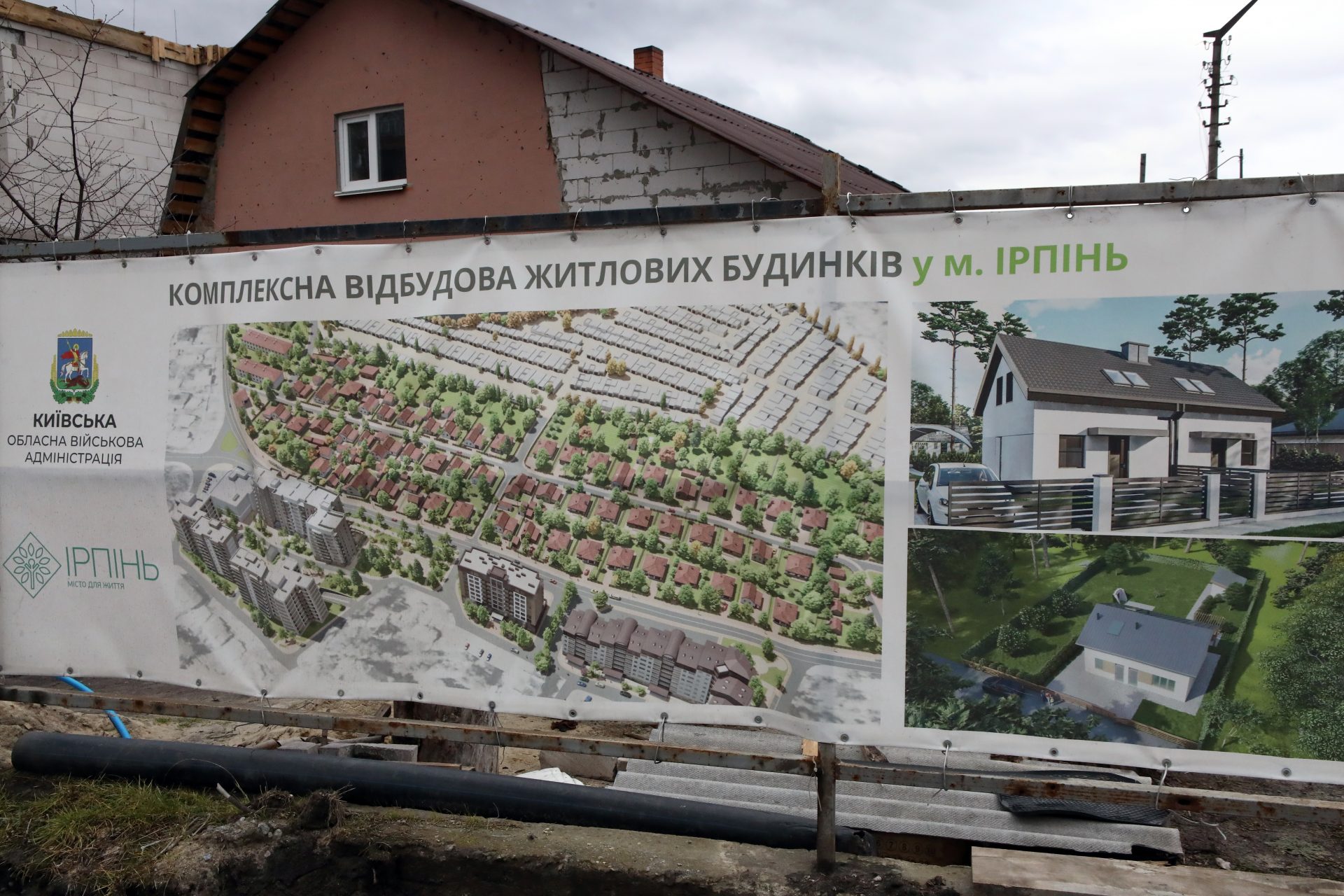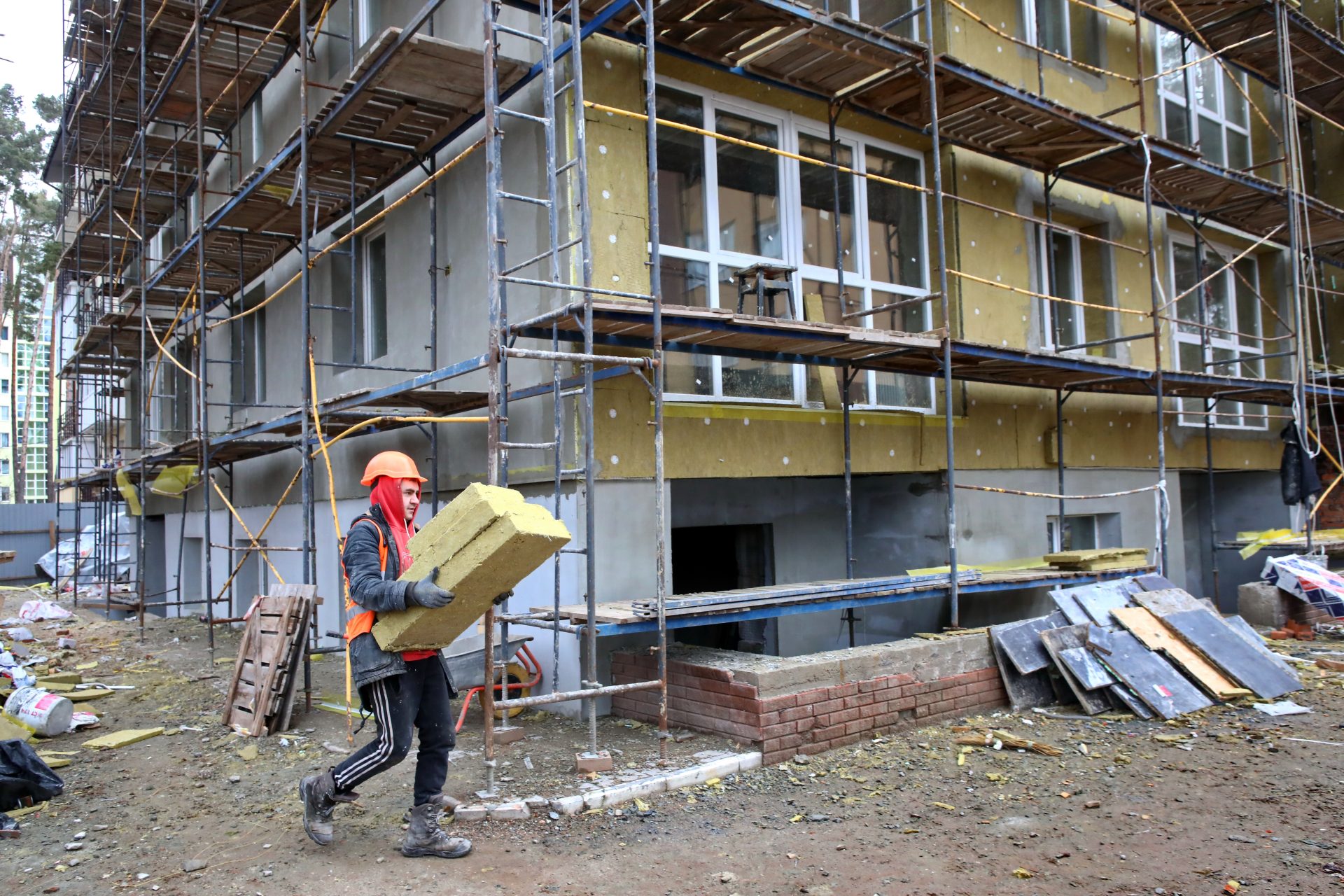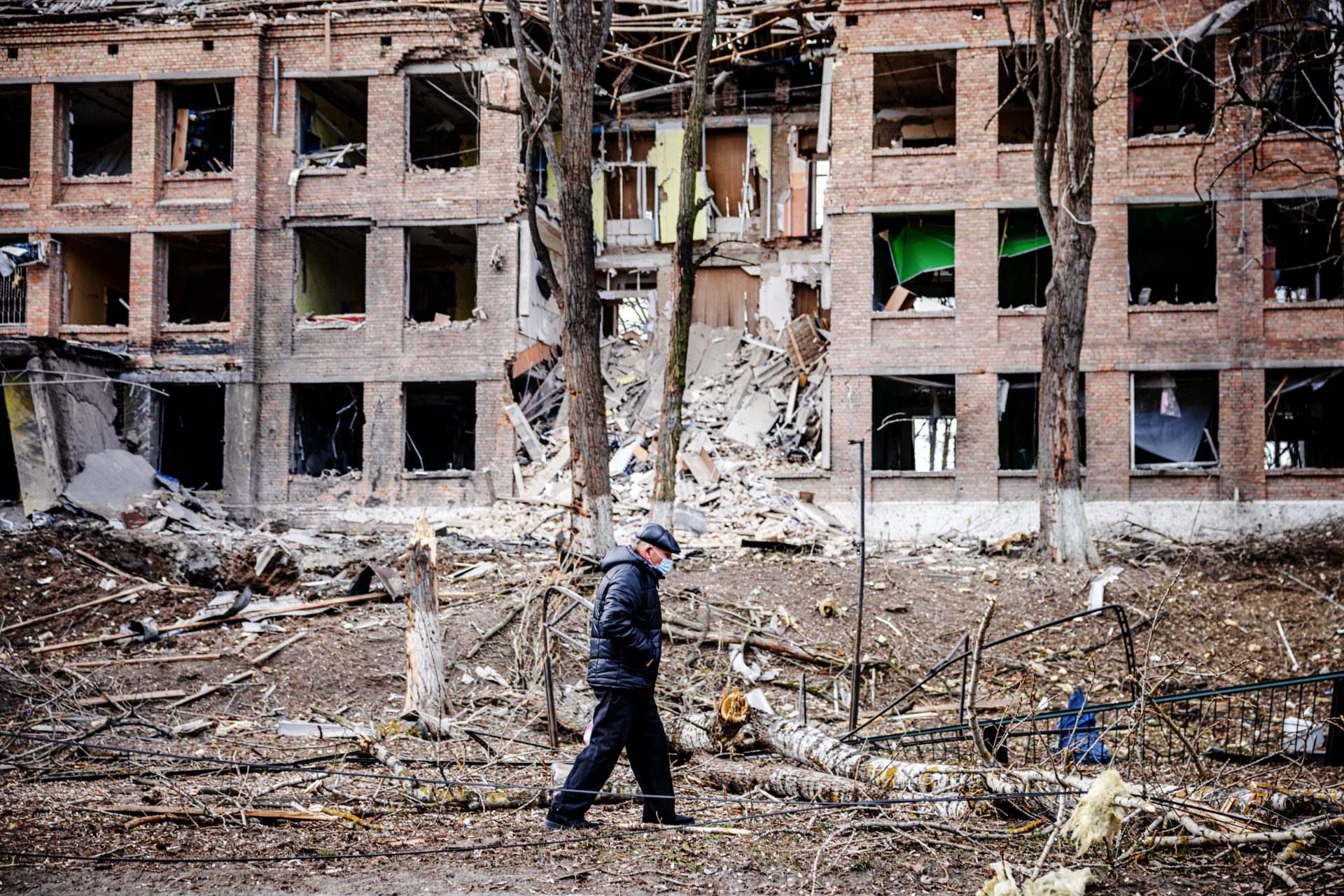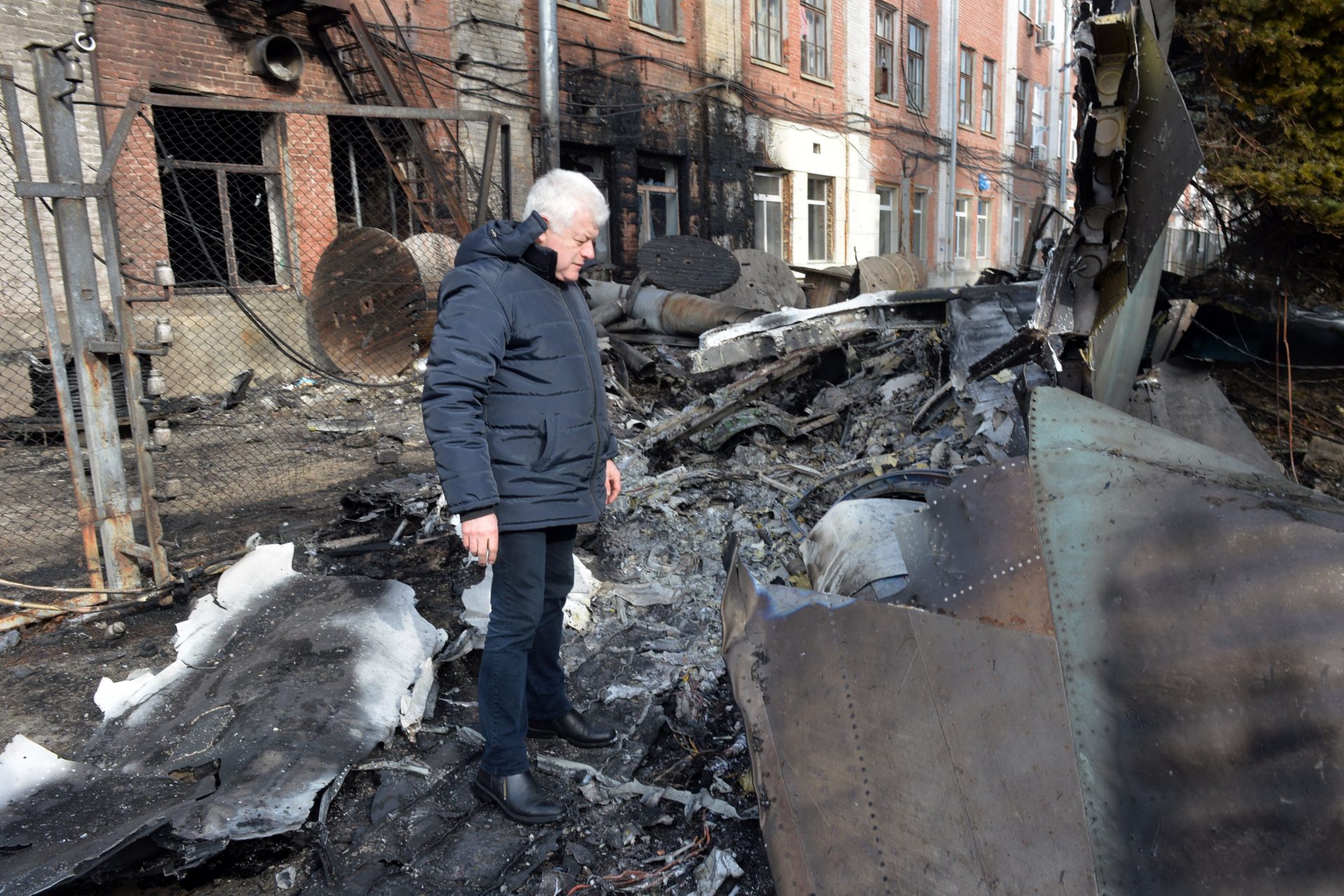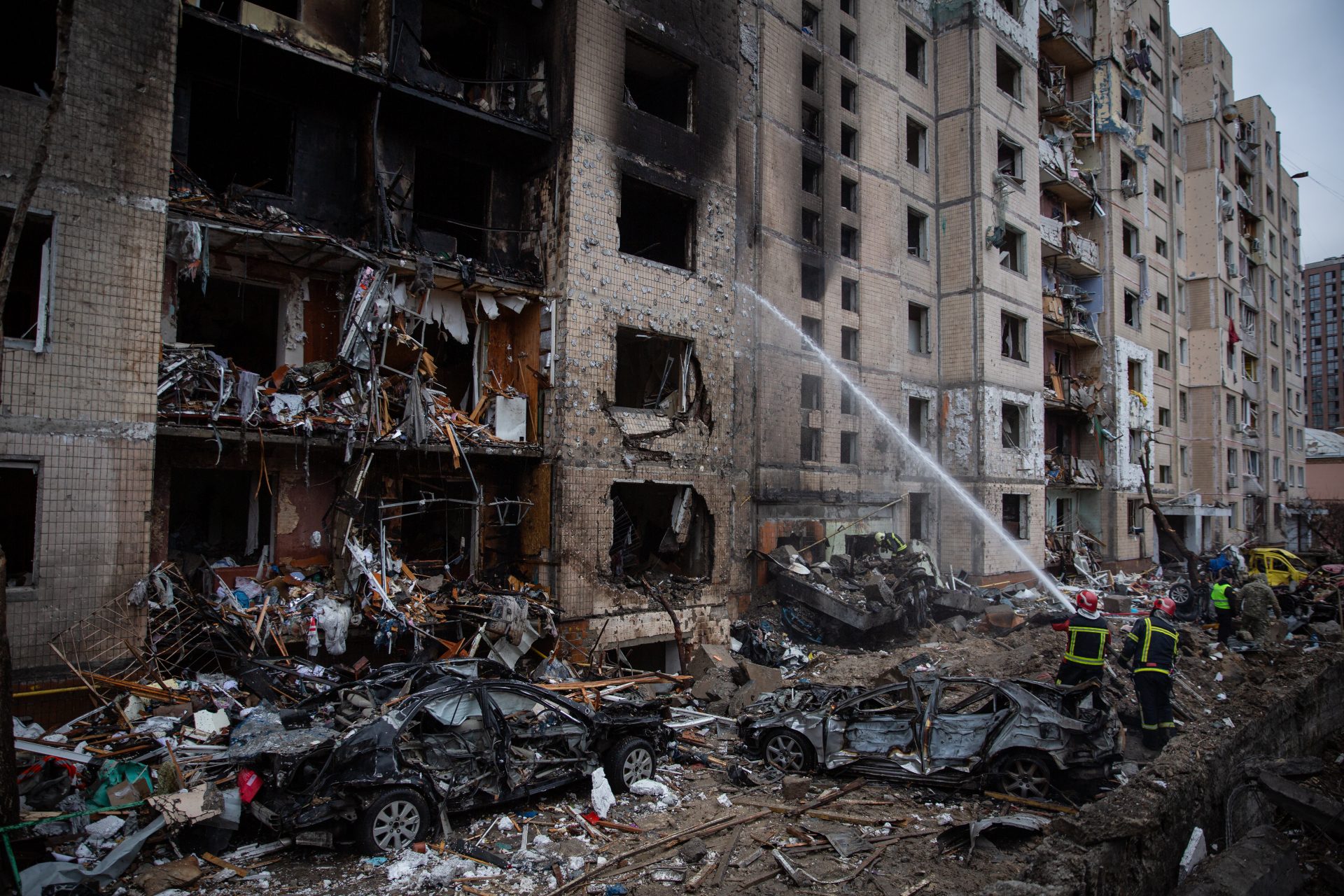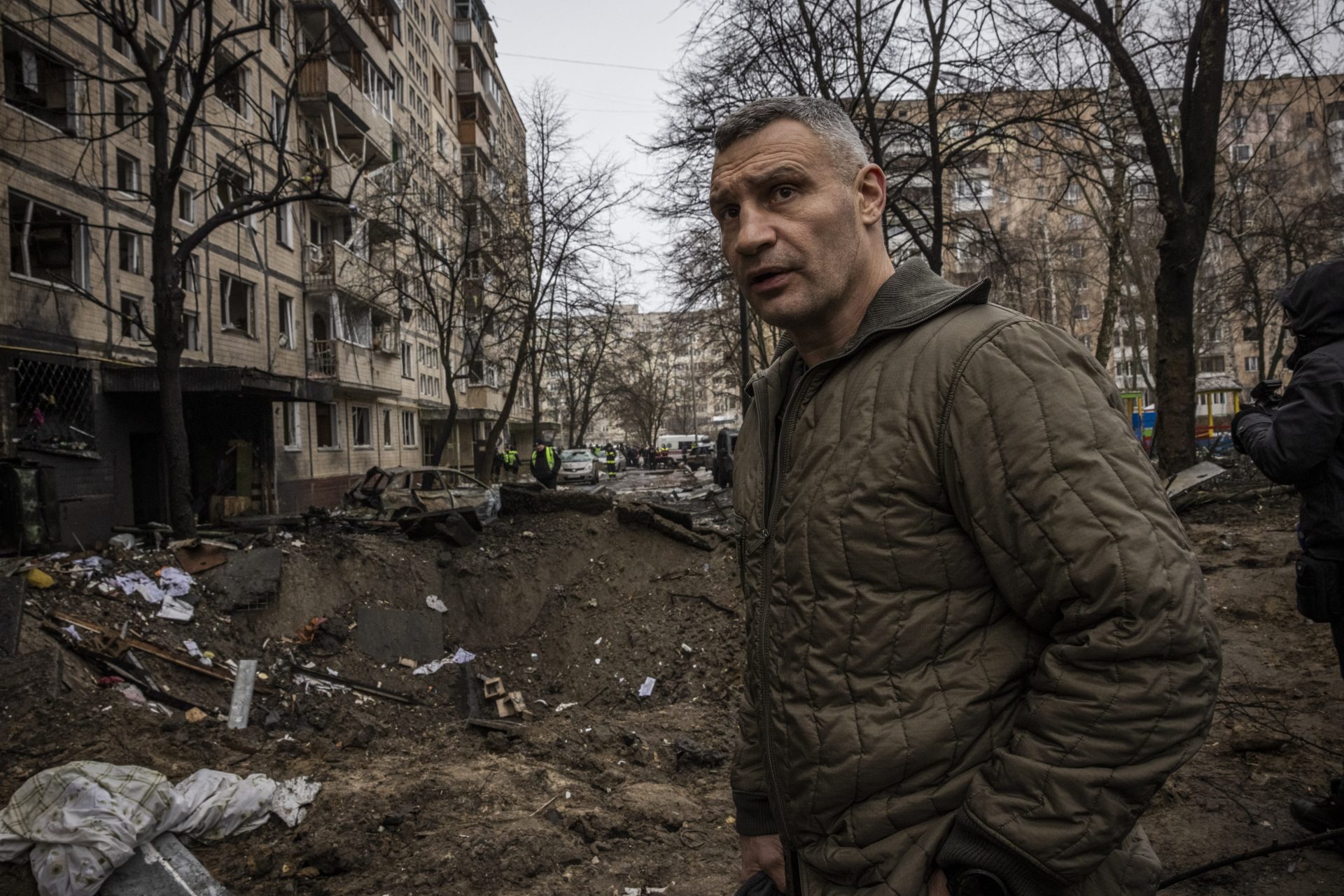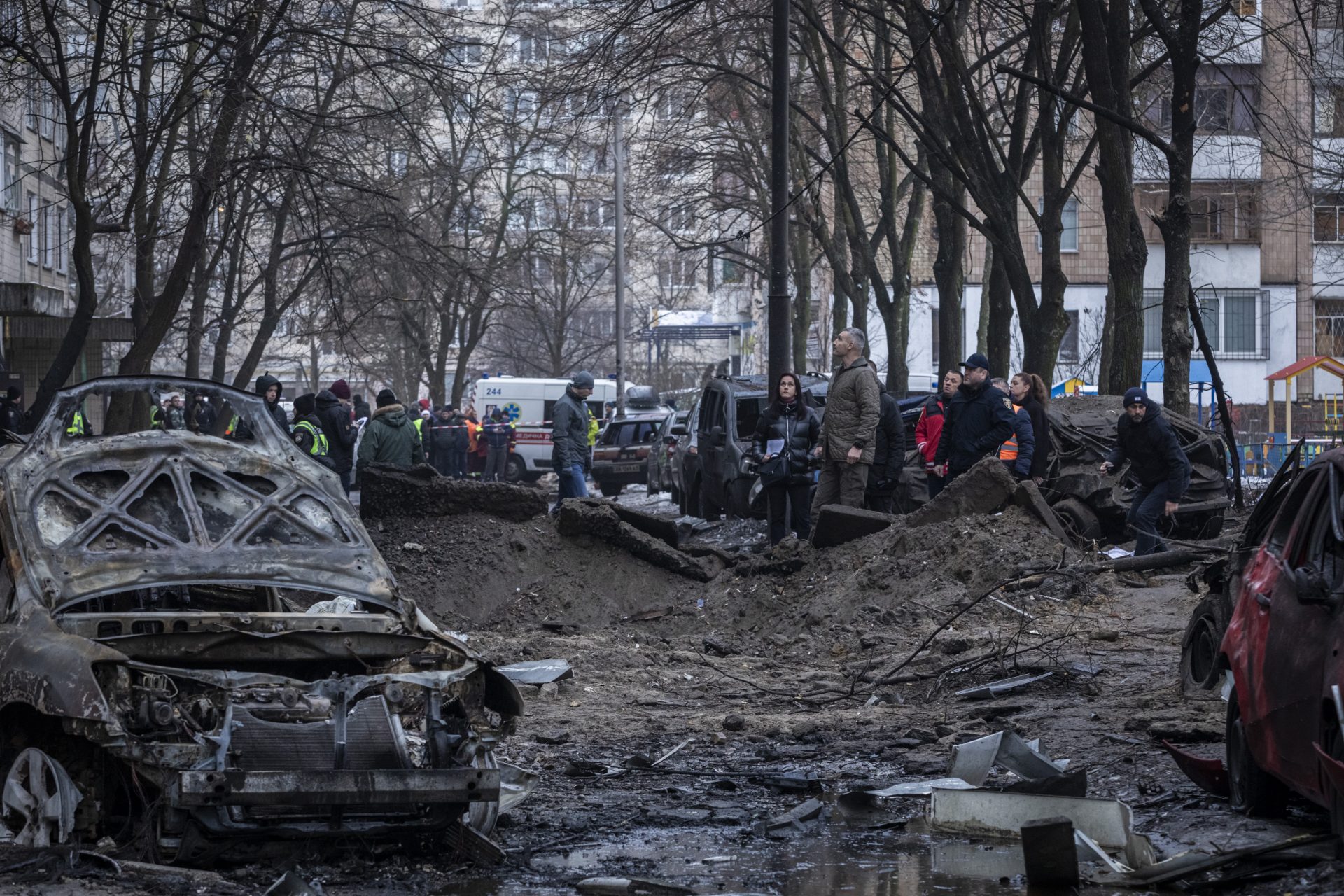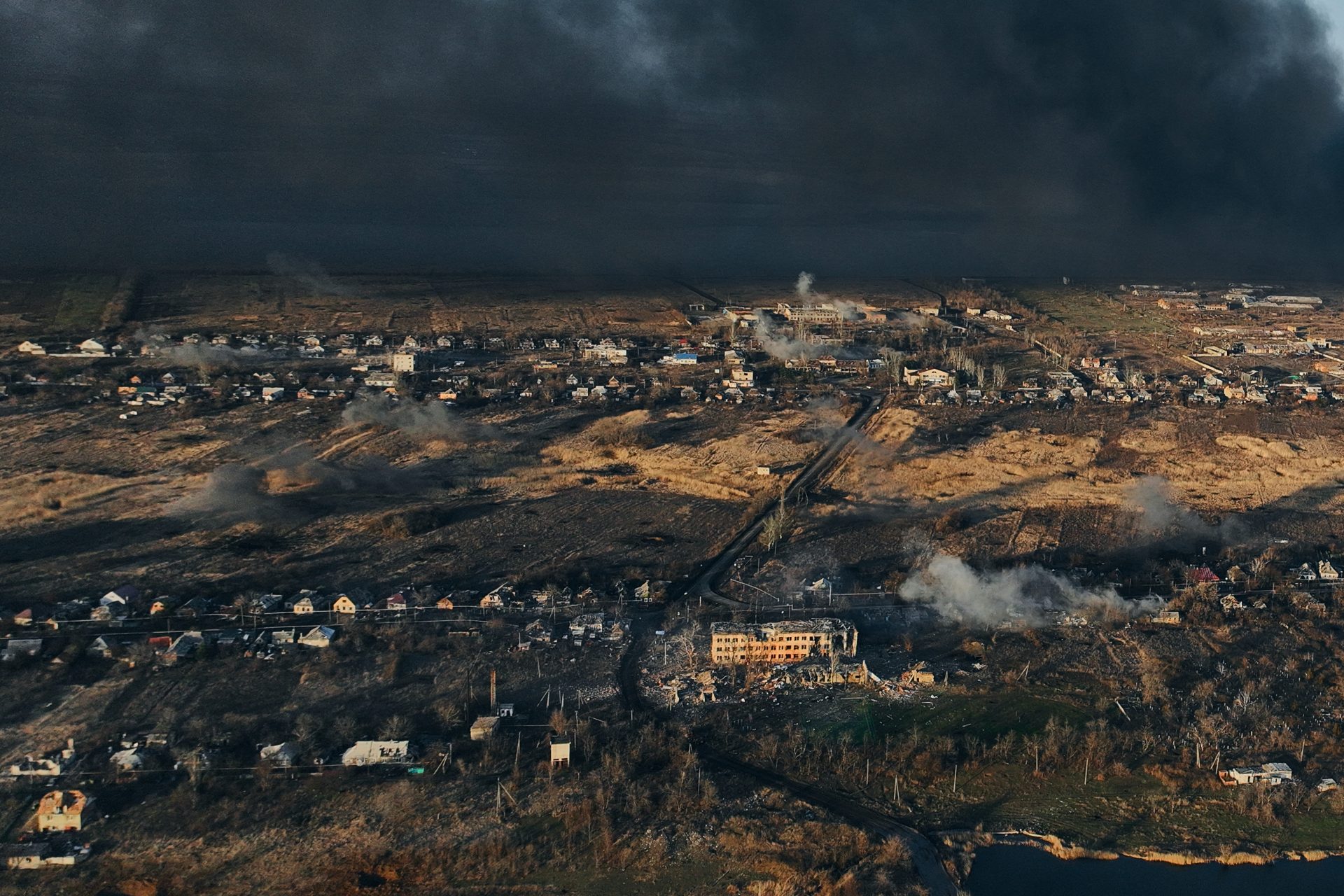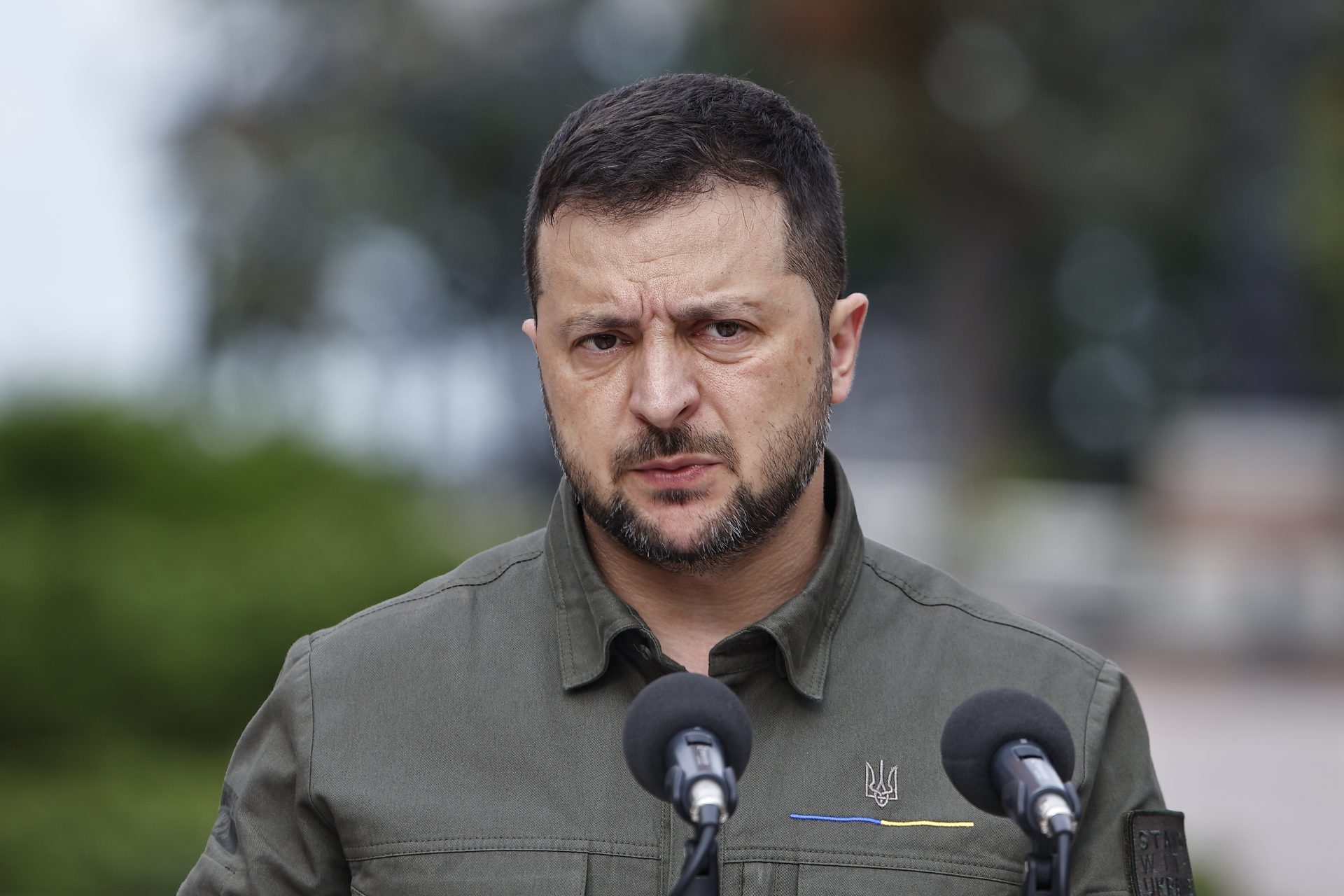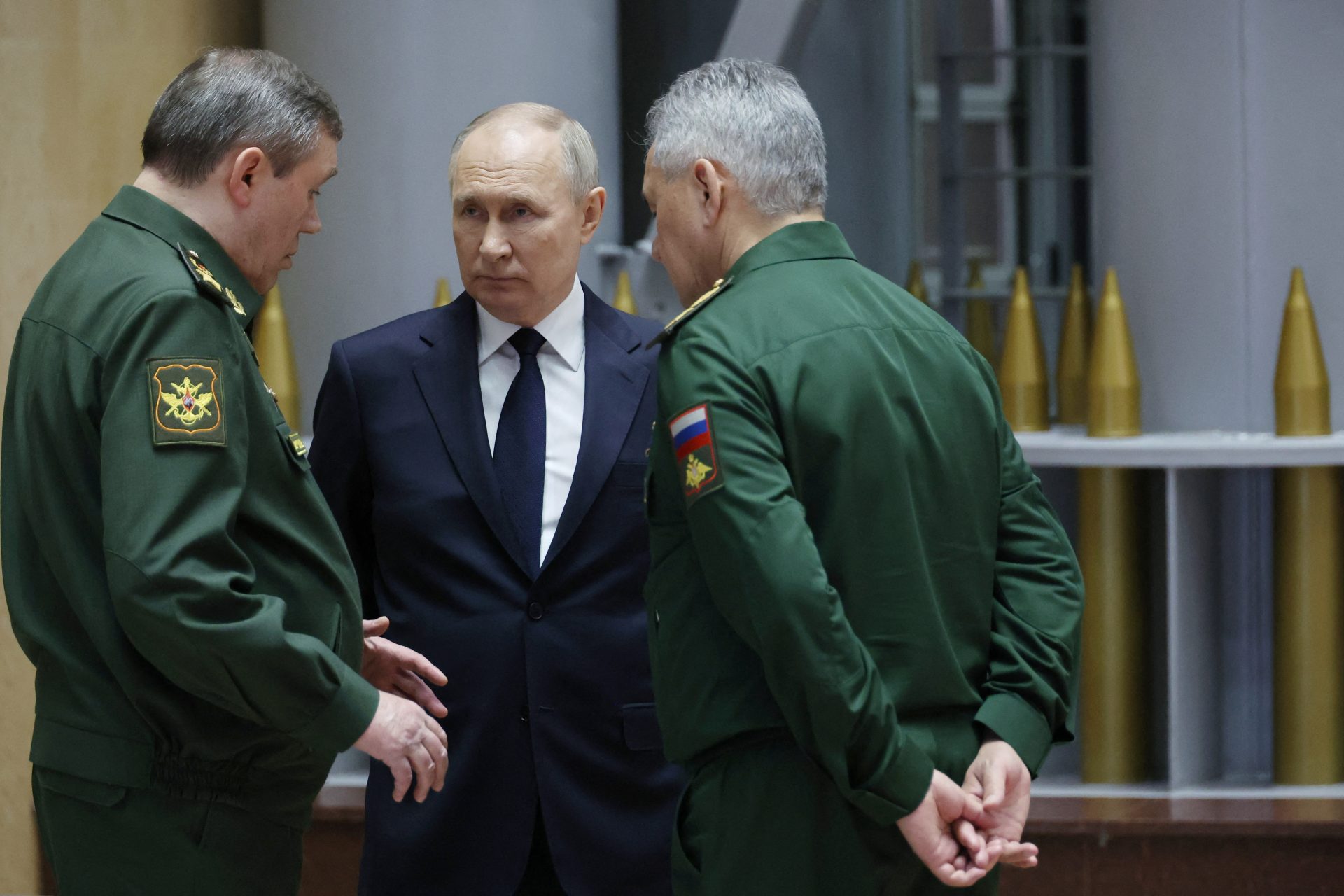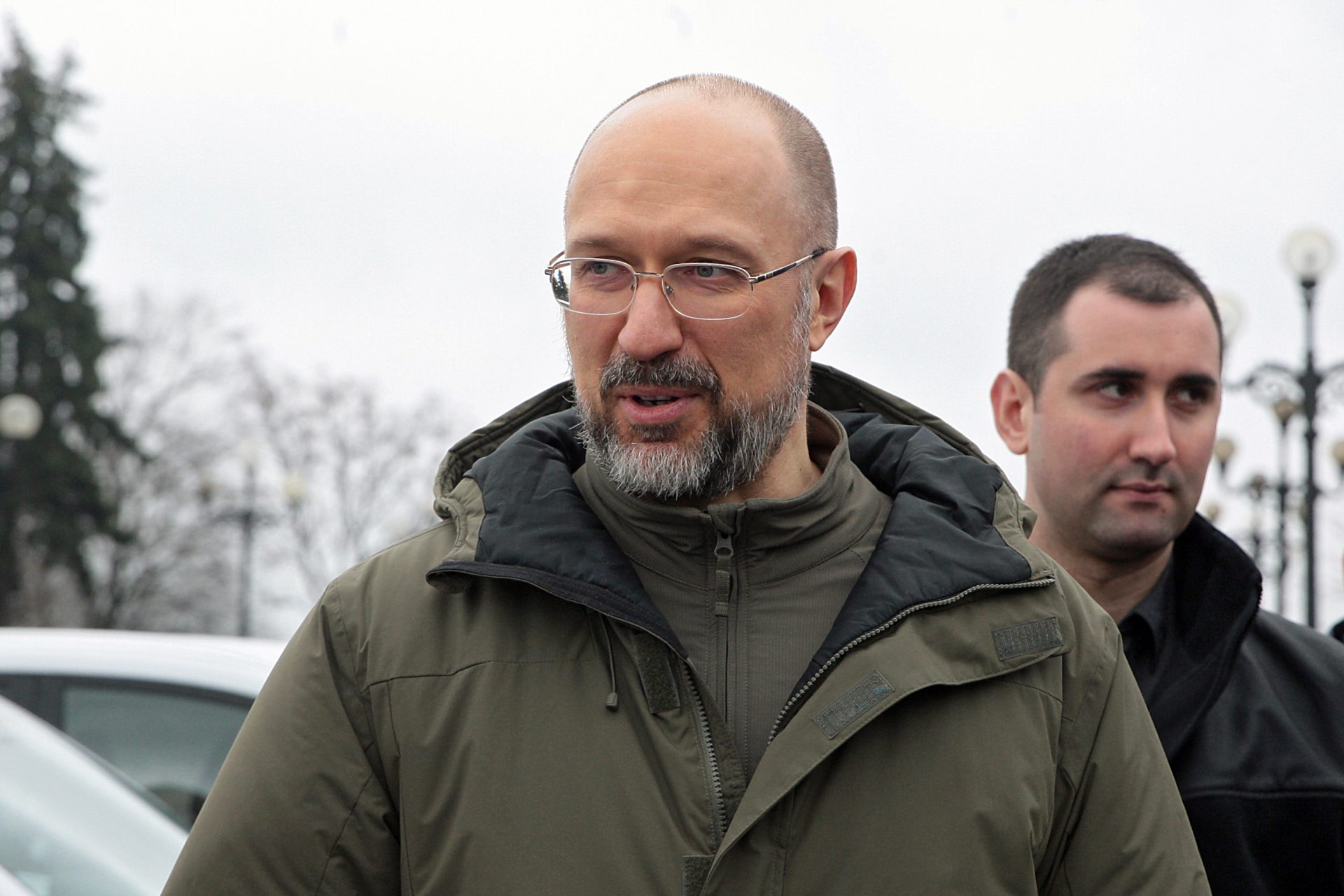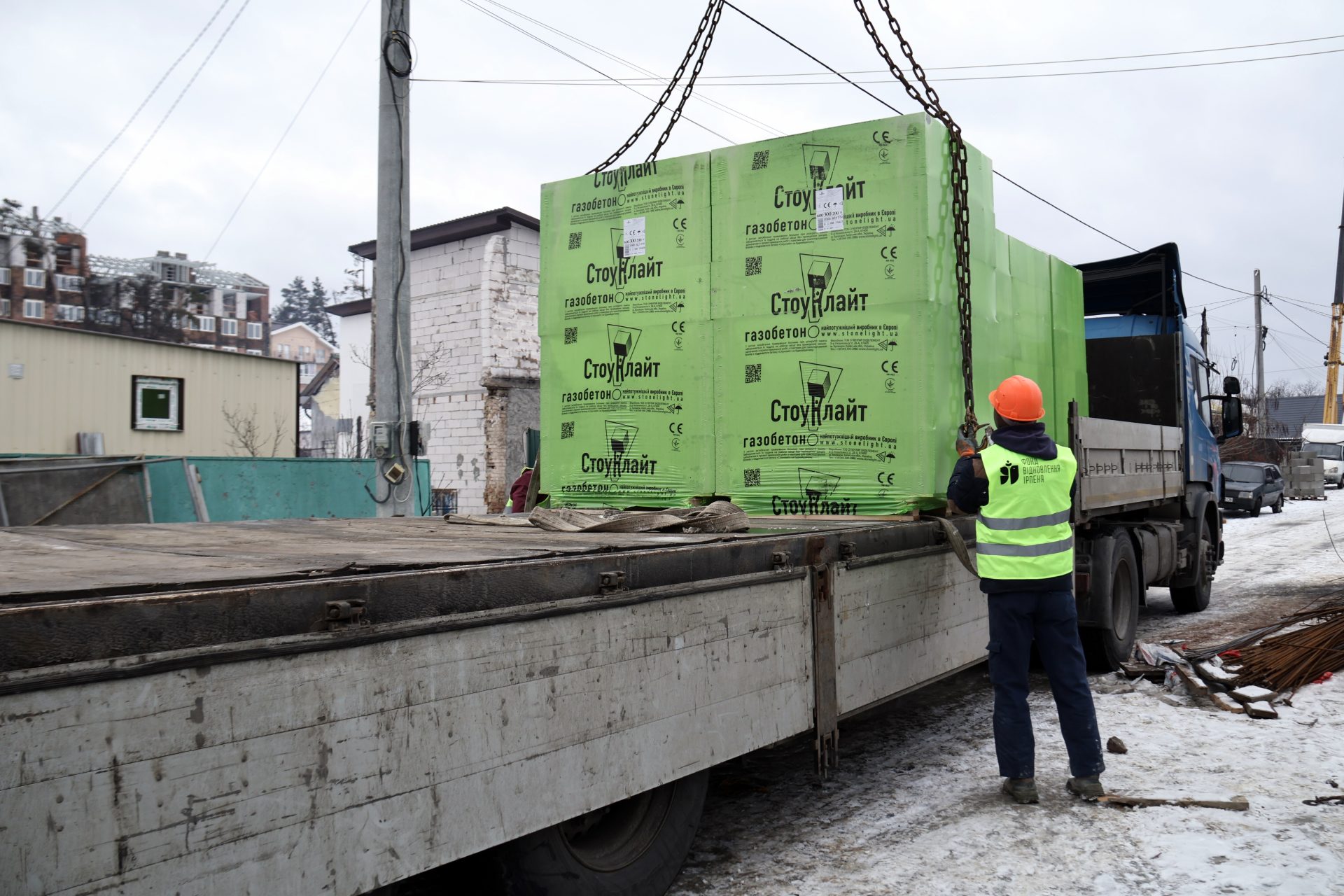World Bank reveals new cost to rebuild Ukraine after the war
On February 15th, the World Bank published a new report estimating how much it will cost to rebuild Ukraine once the war is over and the number has risen by tens of billions since the organization's last assessment in March 2023.
The World Bank's Third Rapid Damage and Needs Assessment projected that Ukraine's post-war recovery and reconstruction cost had jumped to $486 billion over a time frame of ten years, up from March 2023’s figure of $411 billion.
Included in the estimate were the important steps Ukraine needed to take for short-term recovery as well as medium-term reconstruction that will allow the country to “build back better to modern, low, carbon, and climate resilient standards,” the report read.
The most recent recovery and reconstruction figure was estimated from data gathered between February 2022 and December 2023, and it represents a figure that is roughly 2.8 percent higher than Ukraine's Gross Domestic Product (GDP).
Ukraine’s estimated Gross Domestic Product for 2023 was 74% less than that of the country’s GDP in 2021 in real terms. However, the situation could have been worse but Ukraine saw a 4.8% year-over-year growth following 2022 29.1% GDP contraction.
“Since the Federation’s invasion of Ukraine on February 24, 2022, the war continues to cause civilian casualties and hardship, damage to infrastructure and productive assets, and disruption to the economy,” the report read.
Both the European Commission and the Ukrainian government co-authored the report with the World Bank. It covered a number of important problems Ukraine faces as well as the true destruction of the war, including its direct damage.
Ukraine has suffered $152 billion in direct damage over the last two years of war, this is represented by damage that has impacted housing, transport, and commerce, as well as industry, agriculture, and energy—one of the most affected sectors.
Damage was largely concentrated in several frontline regions, these included Donetska, Kharkivska, Luhanska, Zaporizka, Khersonska, and Kyivska Oblasts. However, the total economic losses to the country proved to be much steeper.
“Disruptions to economic flows and production, as well as additional costs associated with war (such as debris management), are collectively measured as economic loss amounting to over US$499 billion.,” the report explained.
Ukrainian authorities reported a $9.5 billion dollar funding gap in the money needed to help recovery and reconstruction efforts in 2024. The country’s ministries have identified $15 billion in priority projects for the year across various sectors.
“Raising funds to cover recovery needs remains a challenge for Kyiv and its partners,” explained The Kyiv Independent’s Martin Fornusek, who pointed out Europe approved a 50 billion euro financing package aimed at recovery efforts and the state’s functioning.
However, the $10 billion in U.S. non-military support for Ukraine tied up in the larger $60 billion dollar security aid package is still being held up in Congress, a problem that does not help Ukraine as it attempts to plan out its future.
One option for funding Ukraine's recovery has been that of appropriating a portion of the $300 billion in frozen Russian sovereign foreign assets being held by Western nations. It is an option Kyiv has been pushing for according to Fornusek.
"We see that the needs for reconstruction have continued to grow over the past year, Ukrainian Prime Minister Denys Shmyhal said in response to the report. “The main resource for Ukraine's recovery should be the confiscation of Russian assets frozen in the West.”
“We need to start this process already this year. Concurrently, the Ukrainian government is creating conditions to attract private investments, which will accelerate the reconstruction process and transform our country on its path to the EU." Shmyhal added.
More for you
Top Stories




